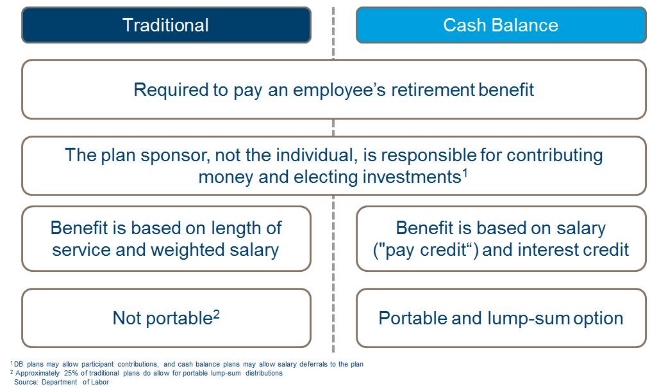Contributed by: Matt Trujillo, CFP®
What is an ISO?!
Some of you reading this might have been granted Incentive Stock Options (ISOs) in the past or perhaps this is something that your employer recently started to grant you. In either case it never hurts to get a refresher on what they are and some of the nuanced planning opportunities that go with them. ISOs are a form of stock option that employers can grant to employees often to reward employees' performance, encourage longevity with the company, and give employees a stake in the company's success. A stock option is a right to buy a specified number of the company's shares at a specified price for a certain period of time. ISOs are also known as qualified or statutory stock options because they must conform to specific requirements under the tax laws to qualify for preferential tax treatment.
The tax law requirements for ISOs include*:
The strike price—the price you will pay to purchase the shares—must be at least equal to the stock's fair market value on the date the option is issued.
To receive options, you must be an employee of the issuing company.
The exercise date cannot be more than 10 years after the grant.
*Special rules may also apply if you own more than 10 percent of your employer's stock (by vote). Nonqualified stock options, another type of employee stock option, are separate from ISOs therefore receive different tax treatment.
Once you have been granted a stock option, you can buy the stock at the strike price even if the value of the stock has increased. If you choose to exercise a stock option, you must buy the stock within the specific time frame that was set when the option was purchased or granted to you. You are not required to exercise a stock option.
Your options may be subject to a vesting schedule developed by the company. Unvested options cannot be exercised until some date in the future, which often is tied to your continued employment. The stock that you receive upon exercise of an option may also be subject to a vesting schedule.
Assuming that a stock option satisfies the tax law requirements for an ISO, preferential tax treatment will be available for the sale of the stock acquired upon the exercise of the ISO, but only if the stock is held for a minimum holding period. The holding period determines if a sale of the stock you received through the exercise of an ISO is subject to taxation as ordinary income or as capital gain or loss.
To receive long-term capital gain treatment, you must hold the shares you acquired upon exercise of the option for at least:
Two years from the date you were granted the option, and
At least one year after the date that you exercised the option
So whether this is something new to you or something you’ve been handling for a long time, feel free to contact us with questions regarding the nuances around Incentive Stock Options.
Matthew Trujillo, CFP®, is a Certified Financial Planner™ at Center for Financial Planning, Inc.® Matt currently assists Center planners and clients, and is a contributor to Money Centered.
This information does not purport to be a complete description of Incentive Stock Options, this information has been obtained from sources considered to be reliable, but we do not guarantee that the foregoing material is accurate or complete. Investing in stocks always involves risk, including the possibility of losing one's entire investment. Specific tax matters should be discussed with a tax professional.





















